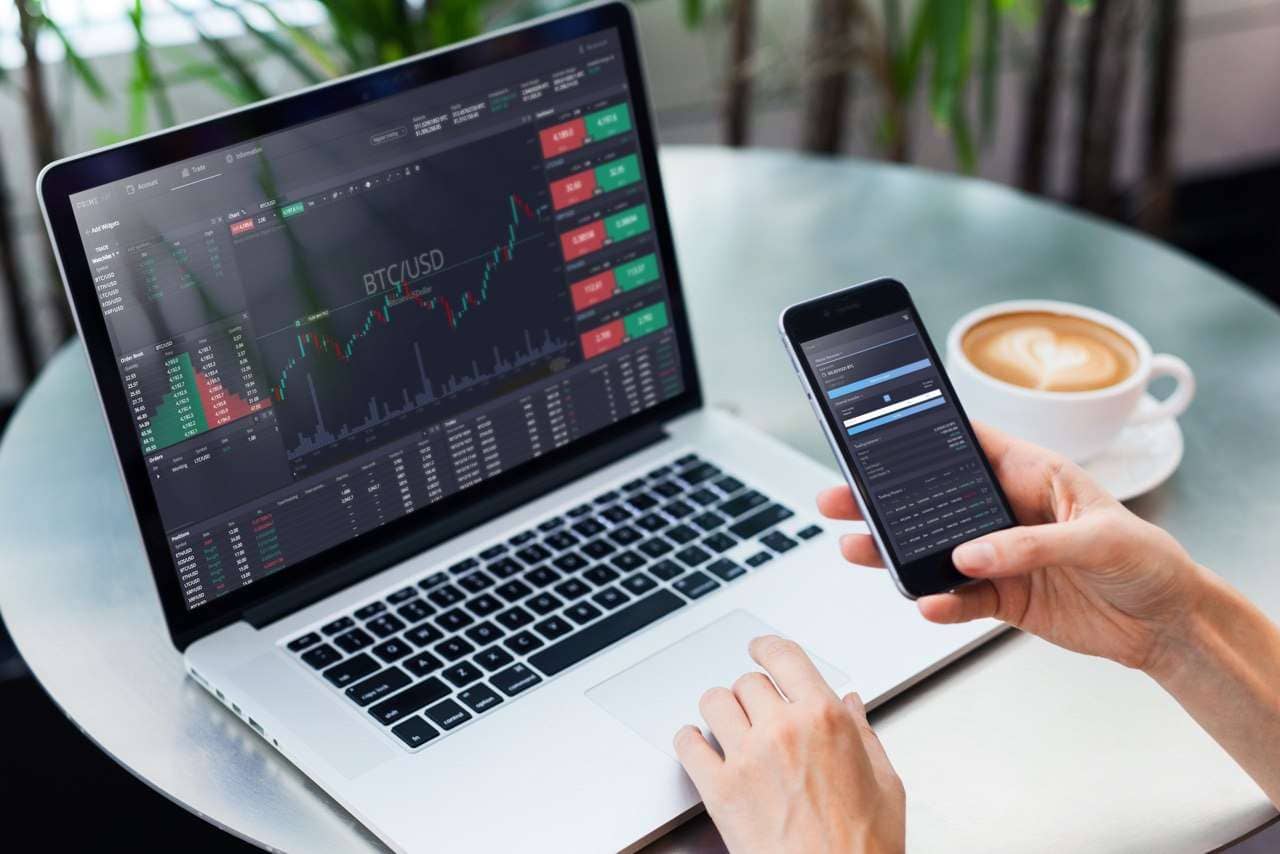Stock Turnover Vs Volume Chron.com
Content
- Using the python library TA-Lib for performing Technical Analysis on Stock Market Data
- Types of Indicators to Measure Stock Volume
- Why Volume of Trading is Important to Investors
- Using Unexpected Volume While Trading Stocks
- Can Indicate If the Market is Exhausted with a Stock
- Always Check Price and Volume – Page 1
- Three Volume Indicators
There are a few ways that trading volume can help with evaluating stocks and broader market trends as a whole. A key bullish indicator is when a stock price has fallen on increasing volume, ahead of a share price rebound, followed by another decline on lower volume. If the stock price doesn’t fall below the previous low when it declines the second time, and volume is down during that second decline, it can be a bullish indicator. Stocks with low volumes can be difficult to sell because there may be little buying interest. Additionally, low-volume stocks can be quite volatile because the spread between the ask and bid price tends to be wider.
This is generally an intraday figure unless the market has closed. It can be compared against average three month volumes to identify volume spikes. An increasing volume shows the conviction of buyers and sellers in either pushing the price up or down, respectively. For example, if the stock trend heads up and volume increases as the price moves higher, it shows buyers have an eagerness to buy; this typically happens with larger moves to the upside . An important thing to keep in mind when evaluating relative volume is that it looks only at the total number of shares being traded.
Using the python library TA-Lib for performing Technical Analysis on Stock Market Data
These are typically sharp moves in price correlated with sharp volume increases, indicating the probable end of a trend. Unit shares are the normal number of shares, how to increase your brokerage trading volume bonds, or commodities comprising the minimum unit of trading on an exchange. Looking at the unexpected trading volume for the stocks can identify such a trend.
- When bars are higher than average, it is a sign of high volume or strength at a particular market price.
- Since prices often change in correlation with higher volumes,many traders also keep track of the tick volumeor how often the contract’s price changes.
- The image below is a trading example of a one-minute chart, where each volume bar along the bottom shows how many shares were traded in each one minute period.
- When stock volume starts to decrease, it can signal that investors are less enthusiastic about a company.
- It is not intended to constitute investment advice or any other kind of professional advice and should not be relied upon as such.
The growth in off-exchange market share through 2020 has been driven largely by non-ATS activity, meaning an increasing share of trading is being conducted on an exclusive, bilateral basis. We find this to be true across the market generally and for the most widely held securities. We also observe the average trade size has fallen in recent months, suggesting that more volume has been retail-driven and relatively less has been from other sources such as block trading. U.S. equity market volumes have been remarkably high since the end of February 2020 and, notably, the volume composition changes as the market moves through the current crisis. With the market awash in volume, we have seen little corresponding benefit to liquidity for institutional order flow. The volume history of a stock is a key technical indicator in the overall analysis of a stock.
Types of Indicators to Measure Stock Volume
This means studying real-world data like and getting what insight you can from the stock market. One place to look for insight is the number of shares changing hands over a particular period. Trading volume can also send signals about whether the market is trending bullish or bearish, or whether a particular stock is likely to have a breakout movement. Breakouts happen when a stock’s price moves above a certain level.
We recommend that you review the privacy policy of the site you are entering. SoFi does not guarantee or endorse the products, information or recommendations provided in any third party website. From equities, fixed income to derivatives, the CMSA certification bridges the gap from where you are now to where you want to be — a world-class capital markets analyst. A higher trade volume is representative of better order execution and higher liquidity.
Why Volume of Trading is Important to Investors
June’s average daily volume in the S&P 500 is 76% above the January 2020 average and 95% above the October 2019 average. Often times, the heaviest volume bar forms at the peak of the move. This is why heavy volume hammer and shooting star candlesticks can form highly effective reversal signals. Volume analysis should be used in the context of the trading market environment with other supporting technical indicators.

What the news means for your money, plus tips to help you spend, save, and invest. 3 Includes all regular hours, regular-way trades of at least 1 round lot reported by the TRF. Quotes for NYSE and AMEX securities are delayed 20 minutes, and are provided by
Using Unexpected Volume While Trading Stocks
The specific indicators you analyze will also determine what a good ADTV is and if the asset will be a good addition to your portfolio. In order to maintain the enthusiasm of prices moving upward, investors will be buying and selling shares in larger quantities. For instance, assume that you see a huge increase in trading volume for Apple stocks and the price of Apple stocks increases significantly. At this time, you may consider buying Apple because https://xcritical.com/ the trading volume suggests that the current price movement has good support and will most likely continue in the future. Volume is typically the trading volume of a stock index or a single stock during a given period of time, including the trading volume per minute, daily, monthly, or yearly. While the trading volume can tell us about the liquidity of a stock, the turnover ratio indicates how stable or volatile the value of a stock is.

An advance on increasing volume is generally viewed as a bullish signal, while a decline on heavy volume can be interpreted as a bearish signal. New highs or lows on decreasing volume may signal an impending reversal in the prevailing price trend. This number is an important metric used by traders because both high and low volumes attract various types of prospective investors. Most traders look for higher daily averages during their analysis since that makes getting in and out of positions easier down the road.
Can Indicate If the Market is Exhausted with a Stock
If most of the volume takes place at the bid price, then the price will move lower and the increased volume shows that sellers are motivated to get rid of the stock. The average volume statistic shows how many shares change hands in investments on a normal day. Some days will have a much higher volume than normal, while other days see a lower volume. If its relative volume is less than 1, it means that the current day’s trading volume is less than the recent average for that stock. A relative volume of 0.5, for example, means that the current trading volume is half as much as the average volume. While trading volume on its own is informative, relative volume is particularly important for trading.
Always Check Price and Volume – Page 1
A high trading volume indicates that a stock has high liquidity and may be bought or sold easily. Several numbers and ratings communicate information about stocks, and help investors decide whether they should be bought, sold or ignored. Two of these numbers are the stock volume and the stock’s turnover ratio. These figures are calculated differently, and they indicate unique information about each stock.





No comments
You can be the first one to leave a comment.